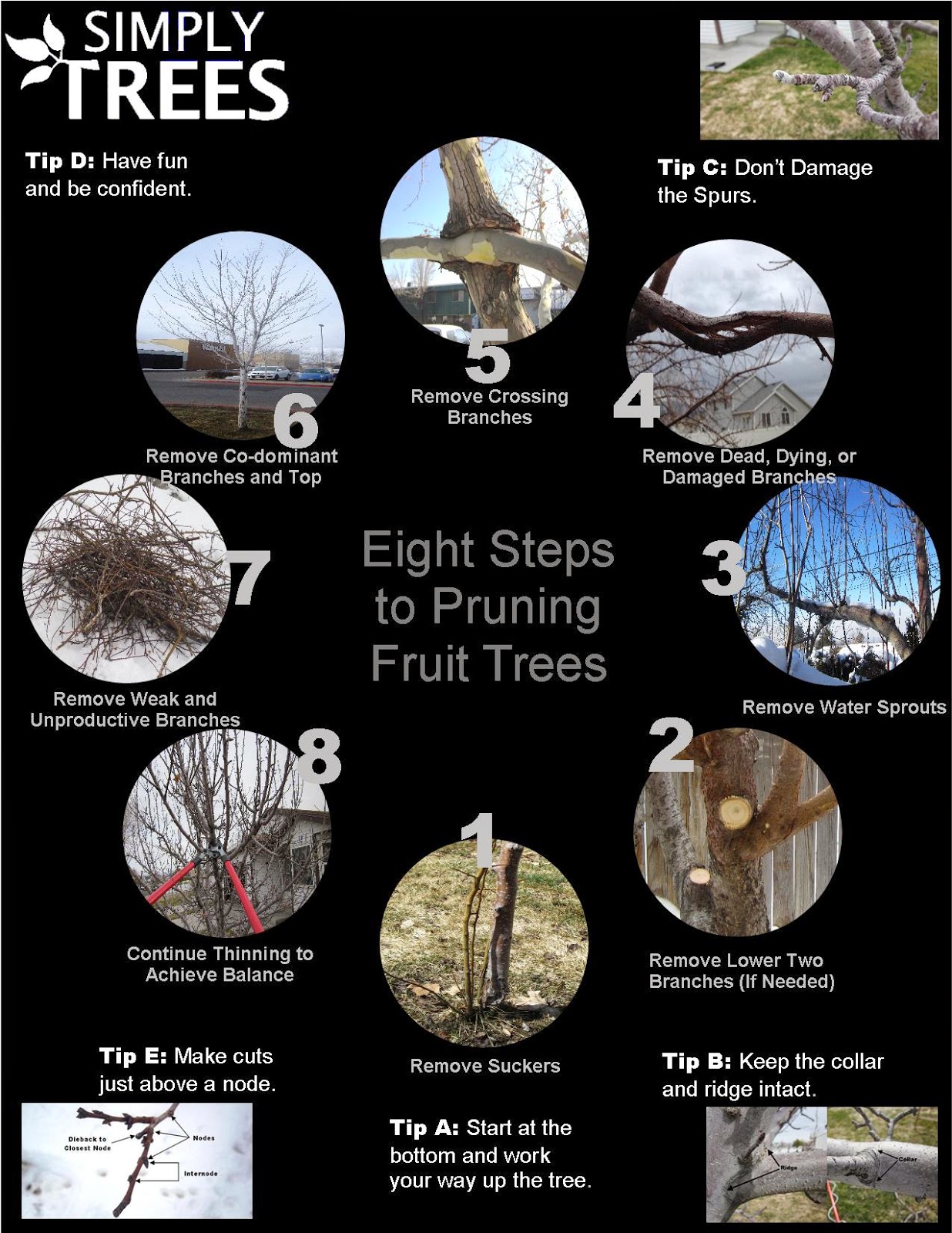Expect Necessary Indicators That Show Your Tree May Be A Danger; Recognizing These Can Help Shield Your Property And Those You Care About.What Should You Watch On Following?
Expect Necessary Indicators That Show Your Tree May Be A Danger; Recognizing These Can Help Shield Your Property And Those You Care About.What Should You Watch On Following?
Blog Article
Write-Up Created By-Truelsen Enemark
When it pertains to tree care, acknowledging the signs that it's time for removal is crucial for your security and residential or commercial property. You may see tarnished leaves, wilting branches, or strange fungal growths showing health problems. Structural problems, like a considerable lean or splits in the trunk, can also posture threats. Comprehending these indication can help you make notified choices regarding your trees and stop prospective dangers lurking in your yard. What should you try to find following?
Indications of Decay and Illness
When you discover signs of degeneration and disease in your trees, it's vital to act rapidly. Seek stained leaves, wilting branches, or unusual growths like fungus. These can indicate that your tree is having a hard time.
If you see splits in the bark or soft, mushy timber, these signs and symptoms suggest inner degeneration. Furthermore, a sudden boost in bugs around your tree can signal that it's damaged and at risk.
Look for any kind of dead or passing away arm or legs, as they posture a danger to your residential or commercial property and safety. If you're uncertain concerning what you see, consulting an arborist can offer quality.
Dealing with these signs early can conserve you from more comprehensive damages and guarantee the health and wellness of your lawn. Do not wait up until it's far too late.
Structural Instability and Leaning
As you observe your trees, keep an eye out for any signs of architectural instability or leaning. If a tree leans considerably, it might suggest that the origin system is jeopardized.
Search for any type of fractures in the trunk or soil around the base; these can indicate potential failure. Furthermore, look for unusual development patterns, like a lopsided crown, which may suggest that the tree is struggling to hold itself upright.
If you observe that the tree leans toward your home, high-voltage line, or various other structures, it positions a greater threat. Do not overlook these indications-- seek advice from an arborist to analyze the situation.
Taking action early can avoid costly damage and ensure your safety.
Dead or Perishing Branches and Foliage
If you observe dead or dying branches and vegetation on your tree, it's a clear indication that something's wrong.
These undesirable areas can show underlying concerns like condition, pest infestations, or ecological stress and anxiety. When branches lose their fallen leaves or transform brown, they're no more adding to the tree's wellness. Disregarding https://www.linkedin.com/in/precision-timber-felling-976708271 could lead to further decrease, making your tree a lot more dangerous.
Dead branches can conveniently break off during storms, positioning a risk to home and people close by. It's important to analyze the extent of the damage.
If the issue impacts a significant part of the tree, think about consulting a professional. They can help figure out if elimination is required to make sure safety and keep the beauty of your landscape.
Verdict
If you discover any type of indications of degeneration, structural instability, or dead branches on your trees, don't ignore them. Prune Holly Tree can pose severe safety and security risks to you and your residential property. It's constantly best to speak with an expert arborist who can supply a professional analysis of your trees. Doing something about it early can protect against accidents and pricey damage, ensuring your landscape remains risk-free and healthy. Bear in mind, it's far better to be aggressive regarding tree treatment than to await a catastrophe to occur.
